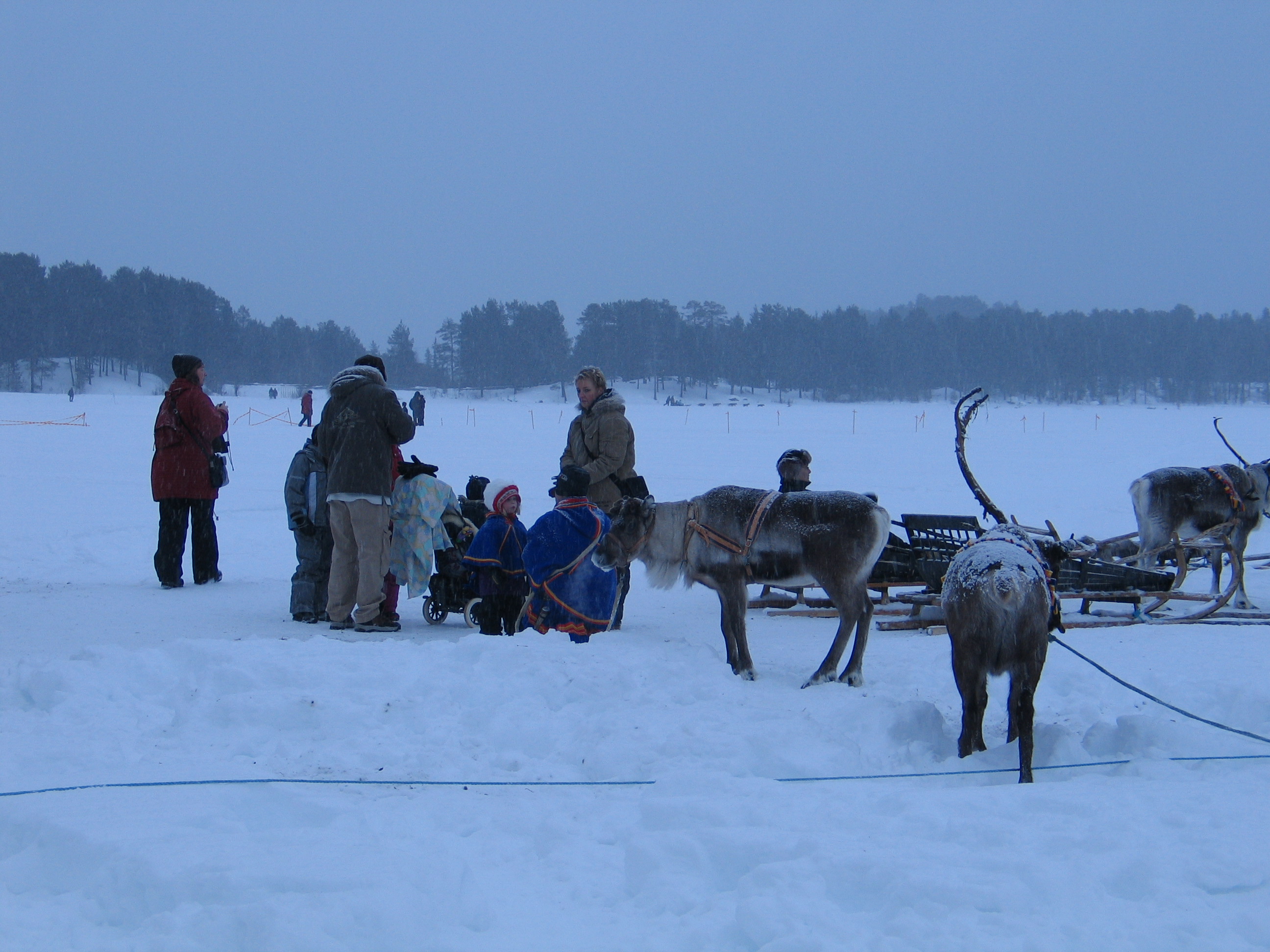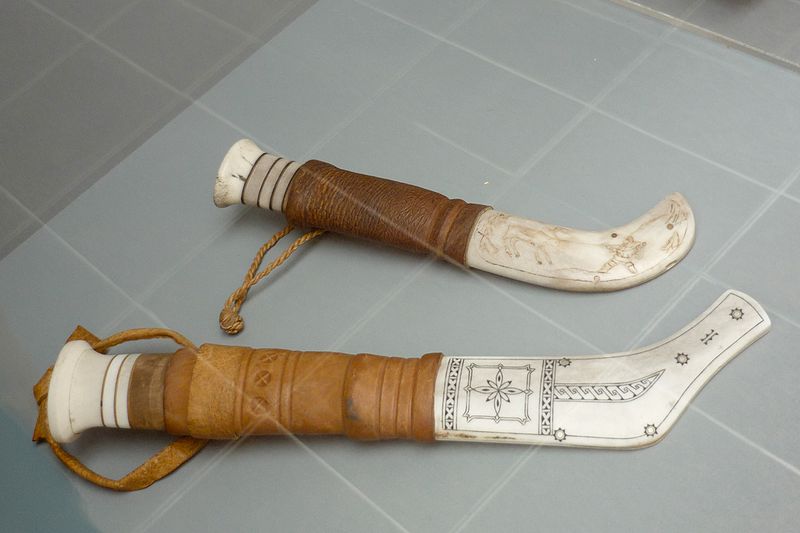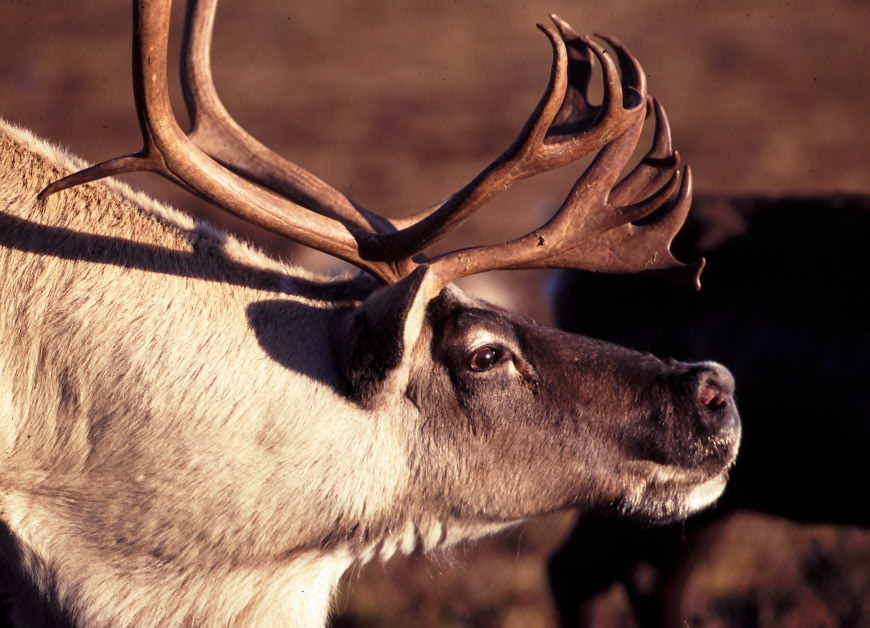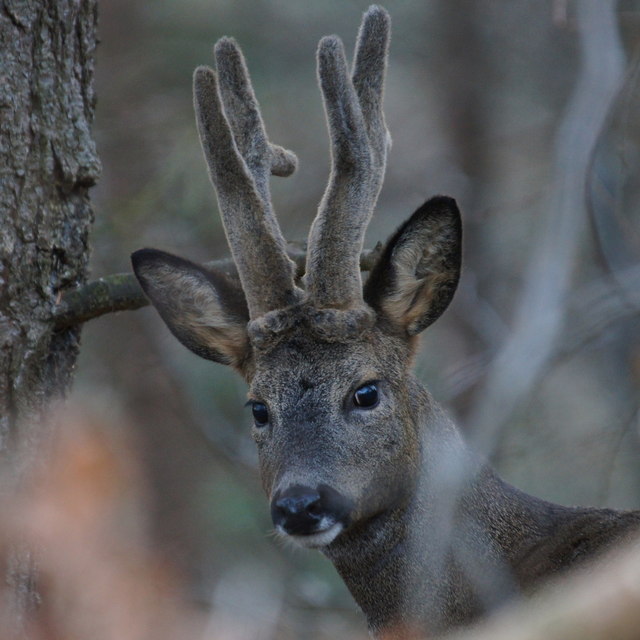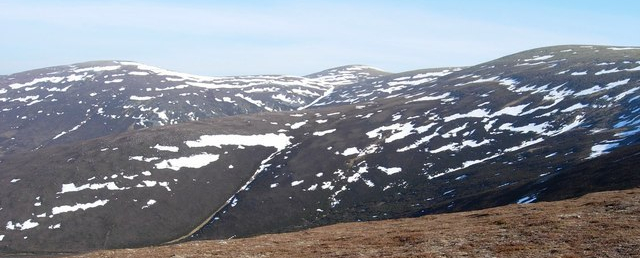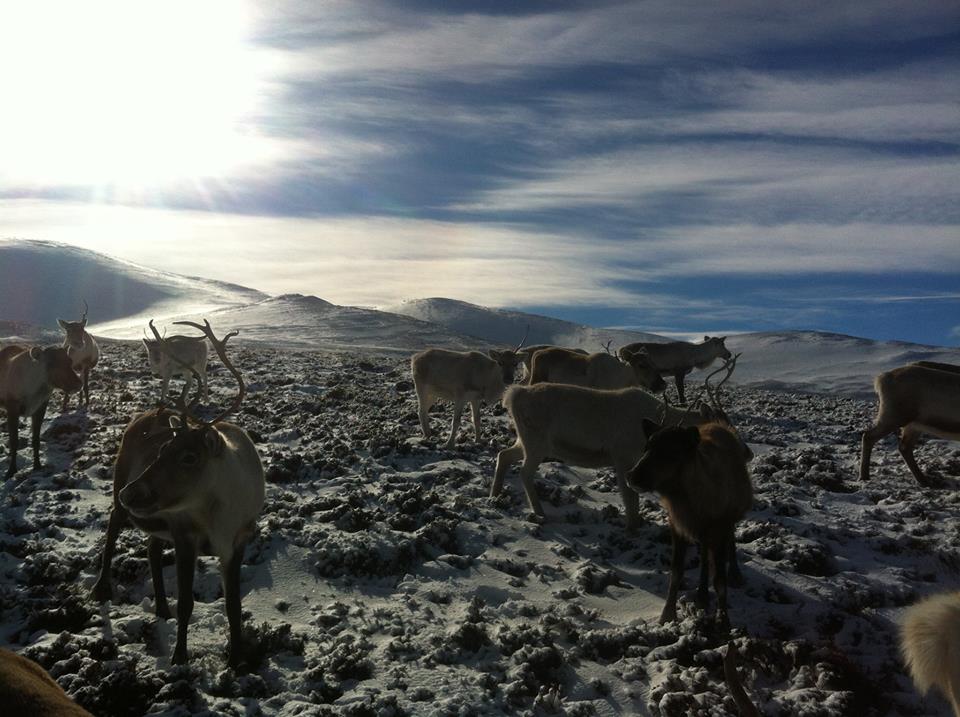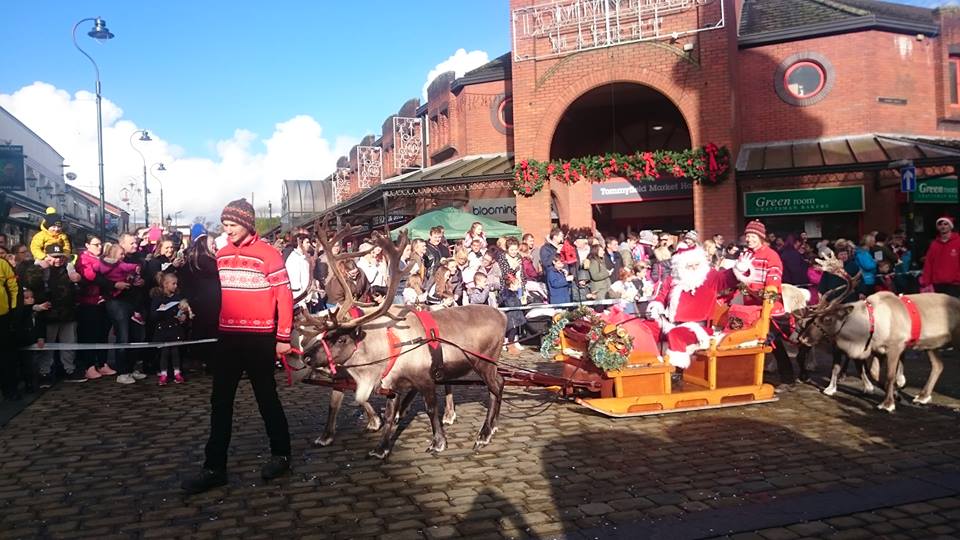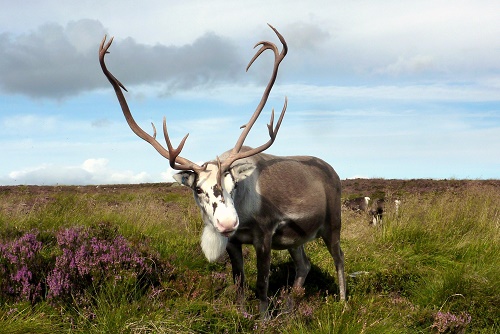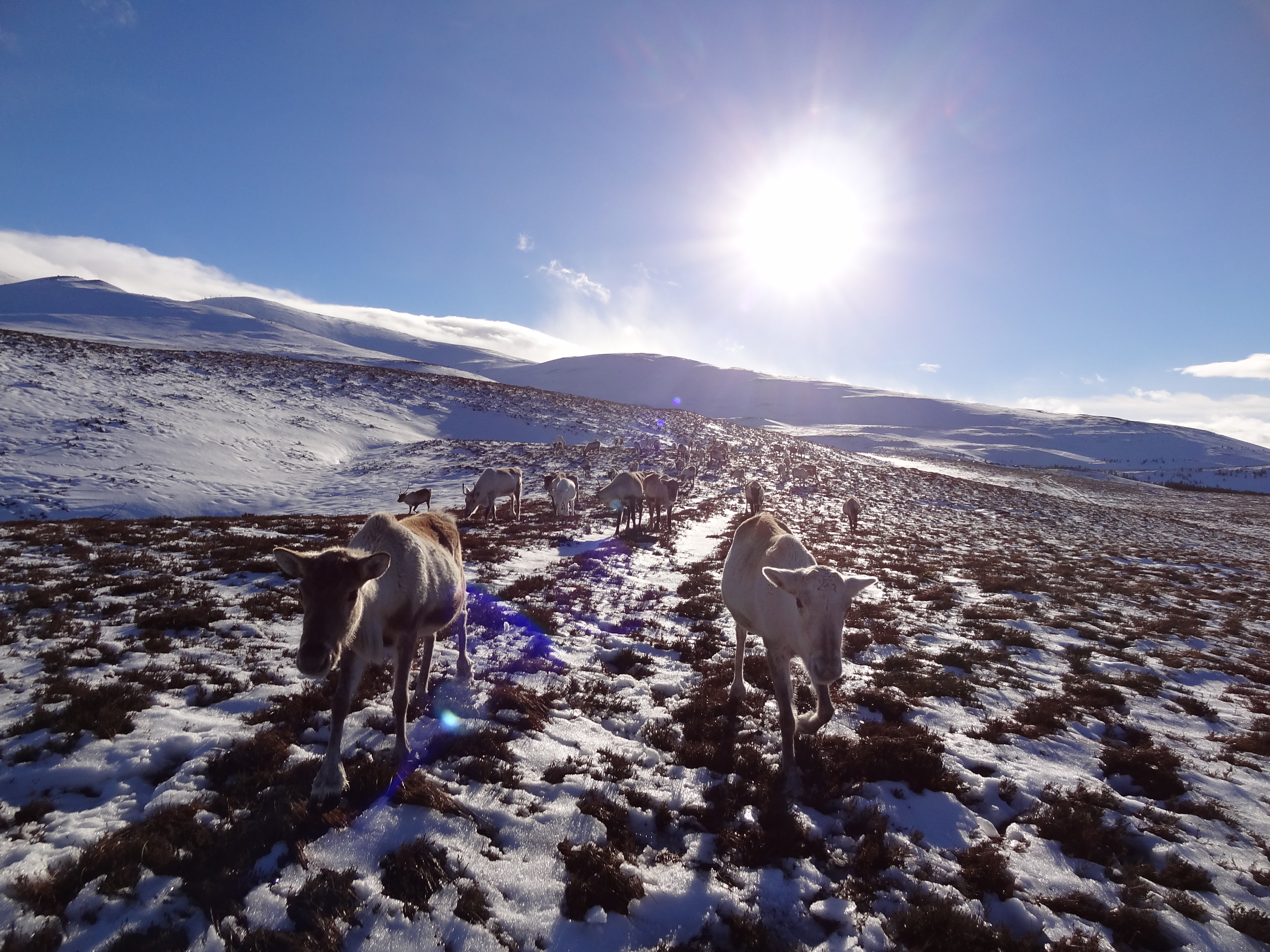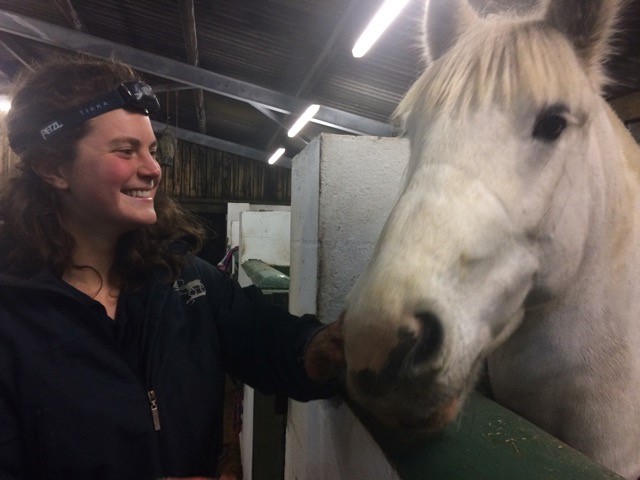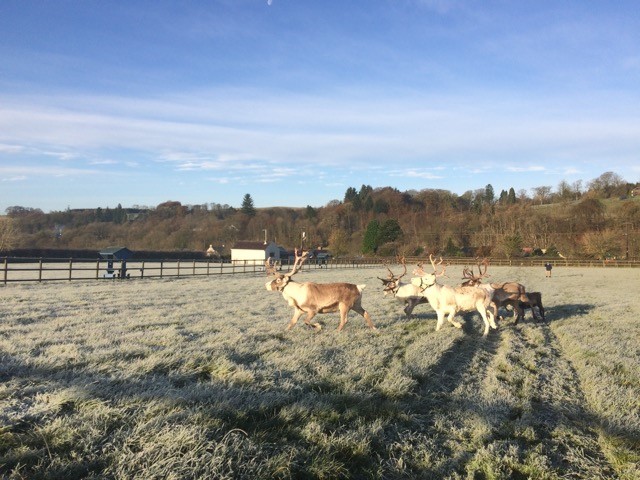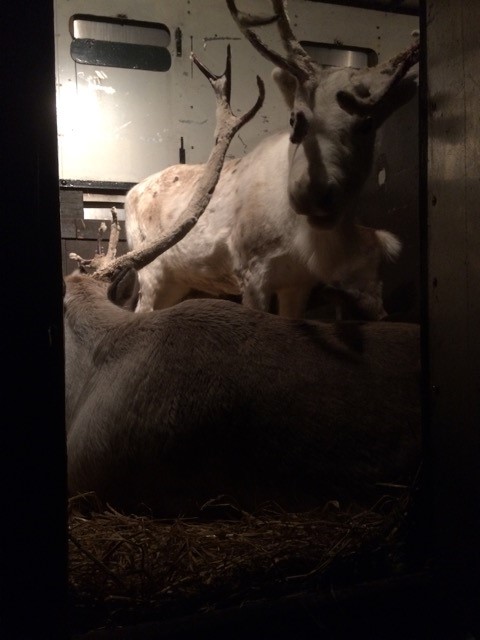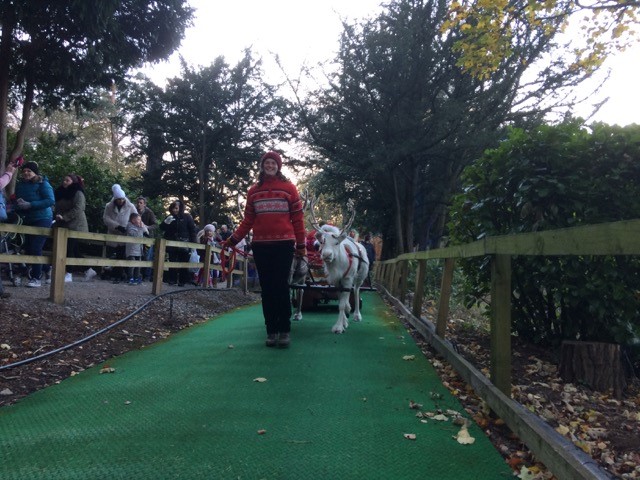We are all sad to see a beloved member of the Cairngorm Reindeer family moving on to their next step in life. With Morna leaving we have the opportunity to welcome a new member, Chris. He has some big boots to fill, but so far he seems capable!

When asked what are your favourite memories of being here? Morna replied with “not sure, ask me in a year. That is when you can look back and focus on the really nice memories” Morna recalled one occasion early on in her time here of a hill trip she assisted Imogen on (another previous reindeer herder); “it was a hill trip on the free range and this particular time, just as we were walking out we saw the Reindeer up on plantation hill, just about to go out of sight”. This is a hill between Cairn Lochan na Beinne and Sron a’cha-no that rises behind Lochan na Beinne (Kidney lochen) at 721m. Morna had to race ahead of the tour, up the hill trying to tempt the Reindeer back down to our visitors. Unfortunately, she could not manage to persuade the reindeer to follow as they were off doing their own thing. Though she came back Reindeer-less the group were “amazed at the speed she run up the hill in the snow” and “took much delight in watching” which made Morna very happy with this hill trip.

What Morna likes most about looking back at her time here, is that she had a “good memory of every place. Whether being in the shop, office, kitchen, paddocks, or up on the hill such as jumping in Black loch. Those memories are shared with friend, visitors, and reindeer”.

Our new recruit to the Centre is Chris, though I say new when in fact he has been an adopter of Kola, Grunter, and now Bumble, for 20 years. He has also been a friend of the reindeer family since 2008 when Chris volunteered here for some work experience.

Chris came to the rescue at Christmas when it was all hands on deck for us, keeping base under control whilst others were away touring the country. Even after the hectic time at Christmas he wasn’t scared off! Chris has now taken on the duties which Morna once carried out. He is also the current proud owner of the pink badge (which I’m not sure has been mentioned yet in the Reindeer blogging world, but there is talk of it becoming a blog). The pink badge is passed on from one herder to another if they thing you have gone beyond expectations in doing something.
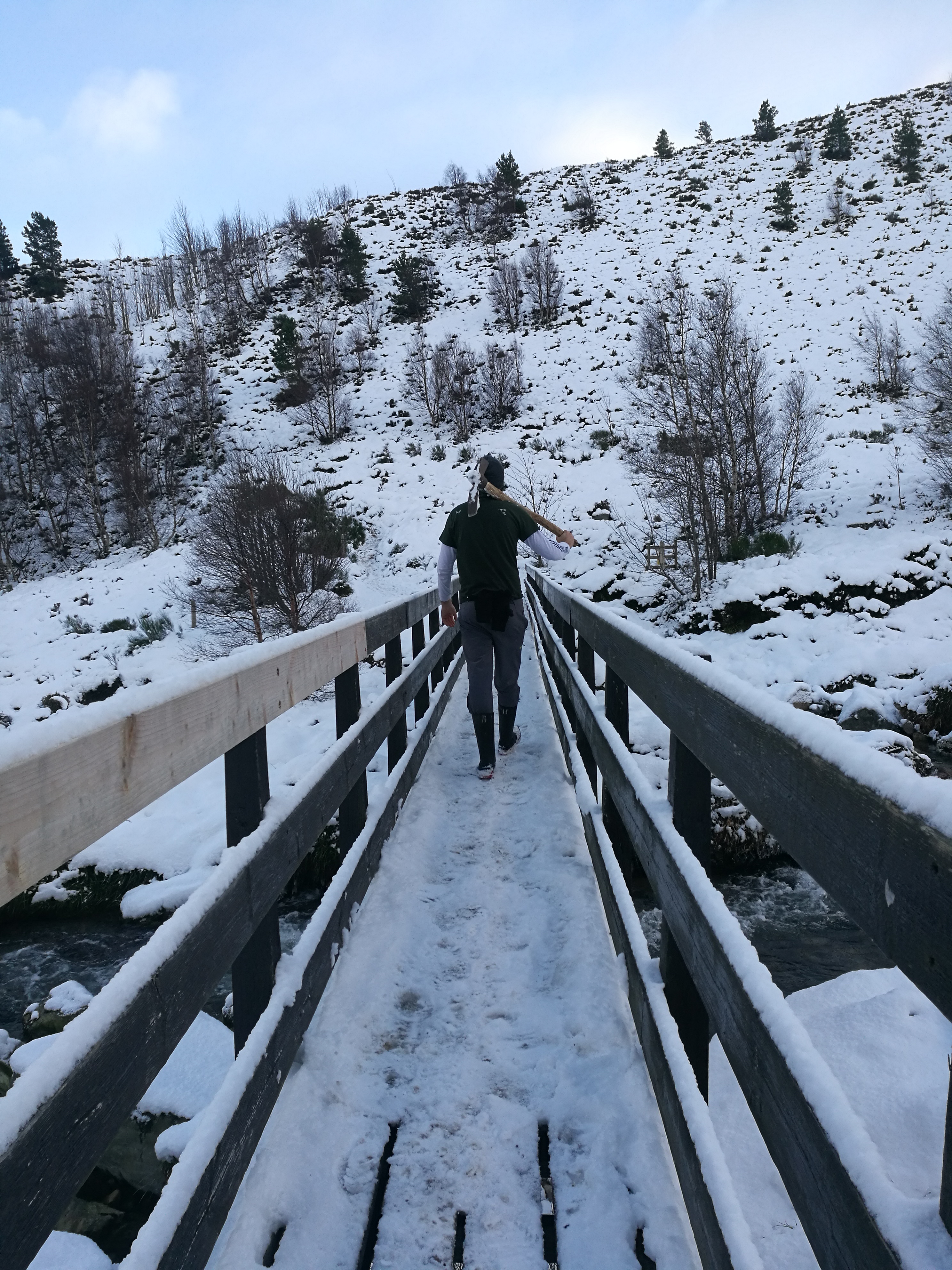
Like Morna, Chris gets just as enraged with the computer as she did and as I am currently writing this he is make some strange musical noises to himself, I think he will do very well here.
Chris hoped one day he would work here and now he is, and so is very excited to be as he has loved the reindeer for a long time. We all think he is a real joy to have around and is a hard worker and he “loves it here” and has already won over the hearts of the dogs though really the dogs have won his!

So we come to the end of the blog but the beginning of Chris’ time here and we welcome him with open arms. Sadly we say a big GOODBYE to Morna and wish her good health and happiness wherever she goes next. I hope wherever she does go, they realise how lucky they are to have her.
Thank you for reading,
Oliver W.











